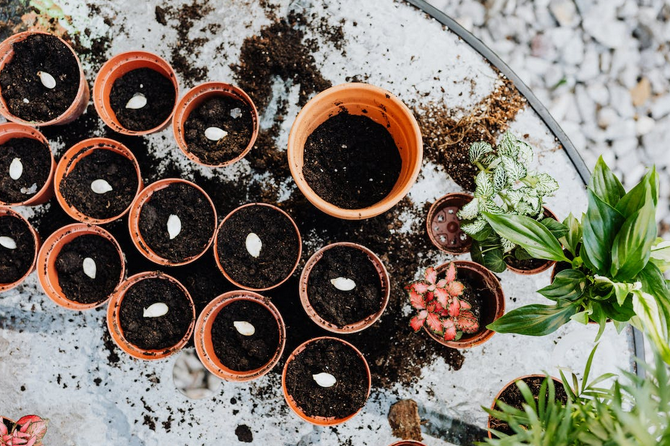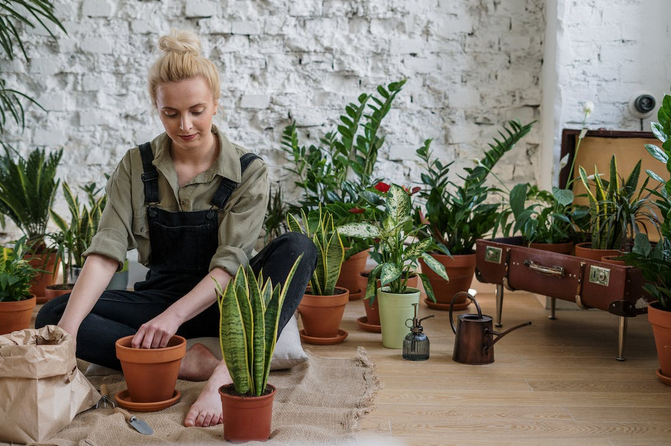Fall is just around the corner, and it’s time to start thinking about preparing your garden for the changing season. As summer comes to an end, there are a few essential gardening tools and tasks you should add to your checklist to ensure a successful fall garden. From setting up space for planting to amending the soil and sowing seeds, this article will guide you through all the necessary steps.
Set Up a Space
When it comes to fall garden planting, one of the first things you’ll want to do is set up a dedicated space for your plants. Start by clearing out any summer annuals or vegetables that have reached the end of their growing season. Remove any weeds and debris, ensuring a clean slate for your new crops.
Consider the layout of your garden and how you want to arrange your fall plants. Next, prepare the soil in your designated area by getting the soil loosened using a garden fork or tiller and removing any large rocks or clumps that could impede plant growth. And be sure the water can flow freely through your planting area by creating gentle slopes or adding gravel at strategic points.
Get Seeds and Plants
Now that you have set up a space for your fall garden planting, it’s time to get some seeds and plants. Fall is the perfect season to grow a variety of vegetables, flowers, and herbs. Start by making a list of what you want to grow in your garden this fall.
Head over to your local nursery or garden center, where you can get various fall-friendly seeds and plants. Look for varieties known for their cold tolerance and shorter growing seasons. This will ensure that your plants have enough time to mature before the first frost hits.

Amend the Soil
Amending the soil is means creating a healthy environment for your plants to thrive in. It involves adding organic matter and nutrients to improve the soil’s structure and fertility. So aside from removing any weeds or debris from the garden bed, you need to add compost. Doing this not only enriches the soil but also improves its ability to retain moisture and nutrients.
Spread a layer of compost over the top of your garden bed and gently mix it into the existing soil. It’s also best to add organic fertilizers such as bone meal or fish emulsion. Aside from that, it’s also a good idea to consider testing your soil pH levels. Certain plants prefer acidic or alkaline conditions, so adjusting the pH can help optimize their growth potential.
Sow Seeds and Transplant Seedlings
Now that you’ve set up your garden space and amended the soil, it’s time to sow some seeds and transplant those seedlings you carefully nurtured indoors. Consider cool-season crops like lettuce, spinach, kale, radishes, and carrots. These types of vegetables thrive in cooler temperatures and will make sure you’ll get daily fresh produce throughout the season.
For transplanting seedlings, choose healthy plants that have outgrown their current containers but are not root-bound yet. Dig holes slightly larger than their root balls and carefully place them in the ground at recommended spacing intervals. Firmly press down around each plant to eliminate air pockets. And that’s how you prepare a fall garden that will thrive for months ahead.



